Safe Tea Tree Oil Removal for Skin Tags in Edinburgh

Skin tags, though harmless, are often removed for cosmetic reasons in Edinburgh. Tea tree oil, with…….
Skin Tag Removal in Edinburgh: A Comprehensive Overview
Introduction
Skin tag removal, a medical procedure that involves the elimination of benign skin growths, has become increasingly relevant in cities like Edinburgh, Scotland. These skin tags, also known as acrochordons, are common and typically harmless. However, for aesthetic or comfort reasons, many individuals opt for their removal. This article delves into the various aspects of skin tag removal in Edinburgh, its significance, and the comprehensive ecosystem surrounding this procedure.
Understanding Skin Tag Removal in Edinburgh
Skin tag removal is a minor surgical procedure that can be performed in various ways, including freezing (cryotherapy), electrocautery, or excision under local anesthesia. In Edinburgh, dermatologists and medical clinics specialize in this service, catering to both cosmetic and medical needs. The process begins with a consultation where the healthcare provider assesses the skin tag’s size, location, and underlying health to determine the safest and most effective removal method.
Historically, skin tags were removed using simple methods like tying them off with strings (ligature) or cutting them off with scissors or a scalpel. However, advancements in medical technology have led to more precise and less invasive techniques, making the procedure more accessible and less uncomfortable for patients.
Global Impact and Trends
The demand for skin tag removal is not isolated to Edinburgh but is a global phenomenon. The rise in awareness of personal appearance and health, coupled with advancements in medical aesthetics, has led to increased interest worldwide. In some regions, the prevalence of skin tags is higher due to genetic, environmental, or lifestyle factors. For instance, areas with high obesity rates often report higher instances of skin tags.
The global market for aesthetic procedures, including skin tag removal, is expanding. According to a recent survey, the number of minimally-invasive cosmetic procedures has seen a steady increase year over year. This trend indicates a growing acceptance of such procedures as part of regular healthcare routines.
Economic Considerations
The economic impact of skin tag removal in Edinburgh is multifaceted. It encompasses the healthcare costs, investment in medical technology, and the economic benefits derived from tourism for medical aesthetics. The procedure can be covered by the National Health Service (NHS) under certain conditions, but many patients opt for private healthcare services due to shorter wait times and personalized care.
The economic contribution of skin tag removal to Edinburgh’s local economy is significant, as it creates demand for specialized medical services and equipment. Additionally, the procedure supports ancillary businesses such as pharmacies, medical supply companies, and clinics.
Technological Advancements
Technology has played a pivotal role in advancing skin tag removal. Innovations such as cryotherapy have been improved to minimize damage to surrounding tissues. Laser treatment options, including carbon dioxide (CO2) or pulsed dye lasers, offer precise removal with less scarring and reduced recovery time.
The use of radiofrequency energy in procedures like electrocautery has also advanced, allowing for faster healing and fewer complications. Moreover, the development of at-home kits for skin tag removal is an emerging trend, although it’s important to note that these should be used with caution and under professional guidance.
Policy and Regulation
In Edinburgh, as in the rest of the UK, skin tag removal procedures are regulated by several bodies, including the Care Quality Commission (CQC) and the General Medical Council (GMC). These organizations ensure that practitioners adhere to strict safety and hygiene standards. The regulations also mandate proper training, qualifications, and adherence to best practices for the removal of skin tags.
The regulatory framework also includes patient consent laws, which are crucial for procedures that involve anesthesia or potential scarring. Additionally, the data protection laws, such as the General Data Protection Regulation (GDPR), govern how personal health information is collected, stored, and shared.
Challenges and Criticisms
Skin tag removal, while a routine procedure, is not without its challenges. One of the primary criticisms is the potential for scarring or infection if not performed correctly. Another challenge is the misuse of at-home kits that can lead to complications if not supervised by a medical professional.
To address these issues, it is essential for healthcare providers to maintain high standards of training and practice. Education for patients on the proper care post-removal and the risks associated with at-home removal kits is also critical. Furthermore, advocacy for better regulation of such over-the-counter products can help mitigate potential health risks.
Case Studies
Several case studies from Edinburgh illustrate successful skin tag removal outcomes. One notable example involved a patient with numerous skin tags due to a hormonal condition. After a series of carefully planned removals, the patient experienced significant improvements in both appearance and comfort.
Another case highlighted the effective use of laser treatment on a patient with a dark-colored skin tag that was aesthetically distressing. The precise nature of the laser allowed for the removal without affecting the surrounding pigmentation. These cases underscore the importance of tailored treatment plans and the benefits of professional medical intervention.
Future Prospects
Looking ahead, the future of skin tag removal in Edinburgh and beyond is promising. With ongoing research into new techniques and technologies, the procedure is likely to become even safer and more accessible. The integration of artificial intelligence (AI) and machine learning in diagnostic tools may also lead to earlier detection and intervention for skin tags.
The demand for aesthetic procedures is expected to continue growing, driven by an aging population and a greater emphasis on personal well-being. As such, the healthcare industry will need to adapt by offering high-quality, patient-centered services that meet both medical and cosmetic needs.
Conclusion
Skin tag removal in Edinburgh is a testament to the intersection of healthcare, technology, and consumer demand. It reflects a broader trend in global healthcare where aesthetics and personal appearance are increasingly integrated into health services. As this market continues to evolve, it will be essential for practitioners, regulators, and policymakers to work together to ensure that services remain safe, effective, and accessible to those who need them.

Skin tags, though harmless, are often removed for cosmetic reasons in Edinburgh. Tea tree oil, with…….

Skin tags, benign bumps, appear anywhere on body, caused by friction or irritation. Edinburgh offers…….

Skin tags, common in friction areas, can be removed at home using DIY methods like duct tape or sali…….

Skin tags, common growths in Edinburgh, can be removed with specialized services. Causes vary from g…….

Skin tags in Edinburgh are removable for cosmetic or comfort reasons. Topical creams with salicylic…….

Skin tags, medically acrochordons, are soft growths commonly appearing on neck, armpits, and groin d…….

Hormonal fluctuations during life stages can trigger skin tag growth due to elevated IGF-1 levels, p…….

Skin tags, caused by friction, genetics, or hormonal changes, are small bumps that can be removed fo…….

Skin tags, caused by friction or irritation, hormonal changes, or weight gain, can be addressed thro…….

In Edinburgh, many individuals opt for natural methods to remove skin tags, avoiding surgical proced…….

Skin tags, harmless growths common on the neck, armpits, and groin, can be removed for aesthetic rea…….

Skin tags, harmless growths caused by friction or hormonal changes, can be removed in Edinburgh thro…….

Skin tags in Edinburgh can be safely and naturally treated with tea tree oil due to its antimicrobia…….

Skin tags, harmless yet often sought to be removed for cosmetic reasons, are small growths commonly…….

Skin tags, or acrochordons, are small, harmless growths commonly found in areas exposed to friction…….

Skin tags, caused by friction or certain conditions, can be removed in Edinburgh through various met…….

Skin tags, harmless growths caused by friction or hormonal changes, are common and can be removed fo…….

Skin tags, medically known as acrochordons, are benign growths caused by excess skin cells and colla…….

Skin tags, common growths in Edinburgh, can be removed through various methods. Non-surgical options…….

Skin tags, caused by friction or other factors, are small growths treatable in Edinburgh. Residents…….

Skin tags, medically acrochordons, are soft skin growths caused by friction, removable for cosmetic…….

Skin tags, or acrochordons, are common growths caused by friction, genetics, hormones, obesity, or p…….

Skin tags, harmless but aesthetically troubling growths, form due to friction causing overgrowth of…….

Skin tags, or acrochordons, are benign growths caused by friction, genetics, aging, or weight gain,…….

Skin tags, those small, soft bumps that can appear anywhere on your body, are a common concern. Whil…….

Skin tags, benign growths caused by friction or medical conditions, are commonly treated through var…….
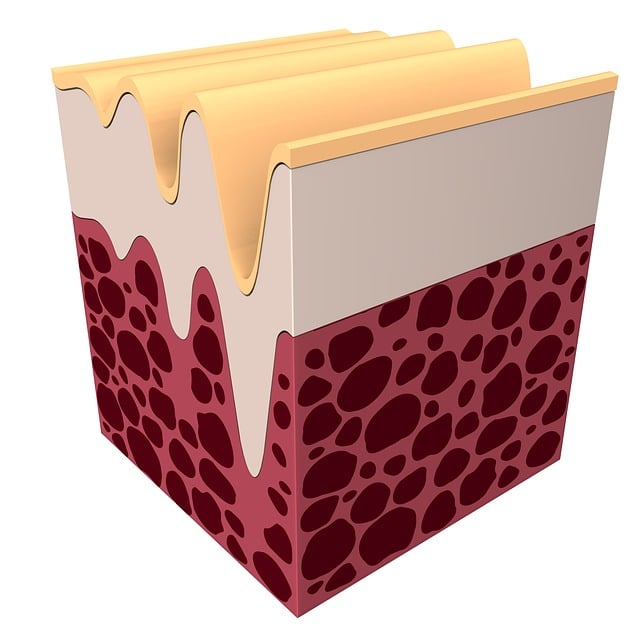
Skin tags, common growths on neck, armpits, and groin, can be cosmetically removed in Edinburgh usin…….

Skin tags, caused by genetics, age, and friction, are common cosmetic concerns. Edinburgh residents…….

Skin tags, common growths on the neck, armpits, or groin, can be removed at home using natural remed…….
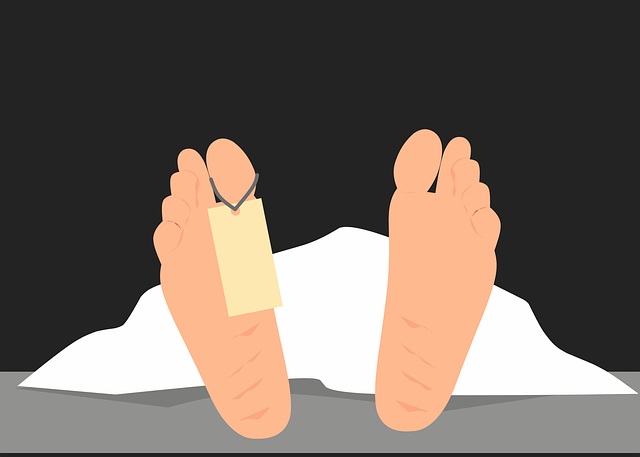
Skin tags, or acrochordons, are common skin growths triggered by friction or trauma, often requiring…….

Skin tags, caused by friction, are small growths commonly appearing on the neck or groin. In Edinbur…….

Skin tags, common growths on the body, can be removed in Edinburgh through various methods. From pro…….

Considering skin tag removal in Edinburgh? Understanding the cost is a crucial first step. This guid…….

Tea tree oil, a natural extract with antimicrobial and anti-inflammatory properties, is effective fo…….

Skin tags, harmless growths appearing on various body parts, can be removed at home in Edinburgh usi…….

In Edinburgh, skin tag removal can be achieved safely and effectively through various methods, with…….

Skin tags in Edinburgh, caused by protein buildup where skin rubs, can be professionally removed. Fa…….

In Edinburgh, various non-invasive methods like cryotherapy, laser therapy, and surgical excision of…….

Skin tags, common but often overlooked, can be removed in Edinburgh using modern methods. Cryotherap…….

Skin Tag Removal Edinburgh is accessible through various effective methods, from non-invasive option…….
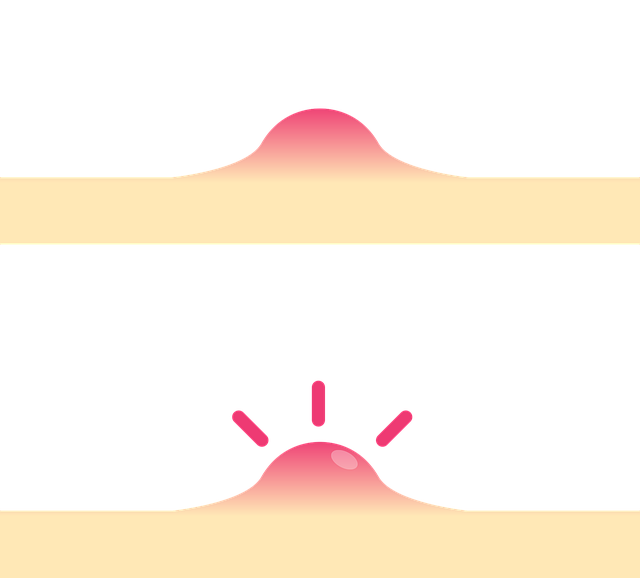
Skin tags, benign growths linked to friction, genetics, obesity, and dry skin, can be removed in Edi…….

Skin tags, medically termed acrochordons, are soft skin growths caused by friction in rubbing areas……..

Skin tags, benign growths caused by excess collagen, can be removed in Edinburgh through various met…….
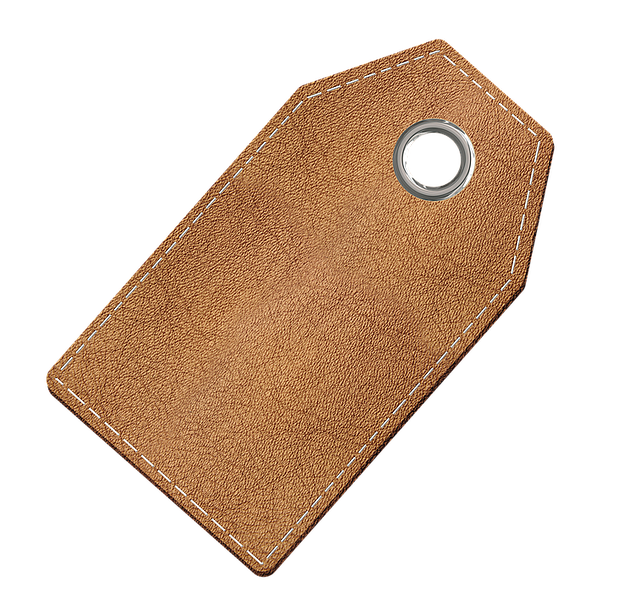
Cryotherapy, using liquid nitrogen, is an effective and non-invasive Skin Tag Removal Edinburgh proc…….
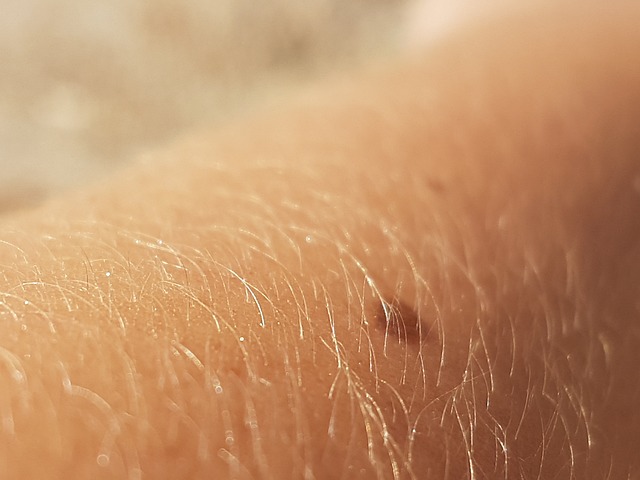
Skin tags, medically termed acrochordons, are small, soft growths commonly found on the neck, armpit…….

Skin tags, caused by various factors like genetics and friction, are benign growths treatable with A…….

Skin tags, common growths caused by friction, can be removed in Edinburgh using various non-invasive…….
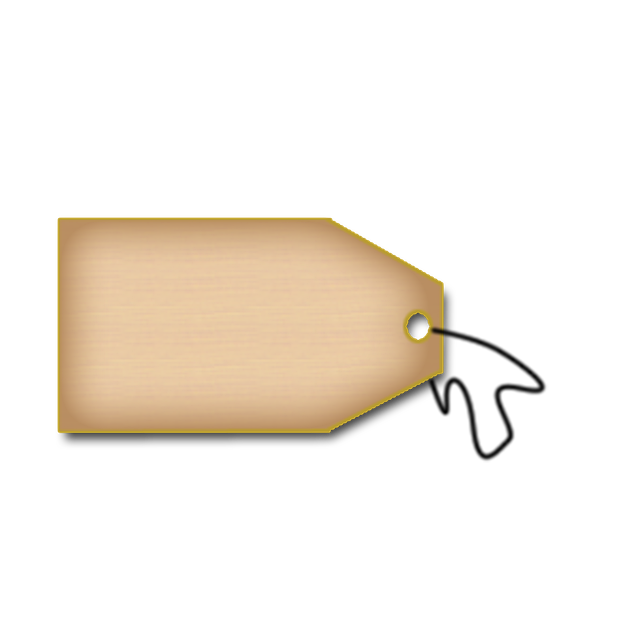
Skin tags in Edinburgh can be effectively removed through modern, non-invasive methods like cryother…….

Skin tags, common benign growths, can be removed in Edinburgh via various methods with differing cos…….

Skin tags, common growths in friction areas, have unknown causes but may be hereditary or linked to…….